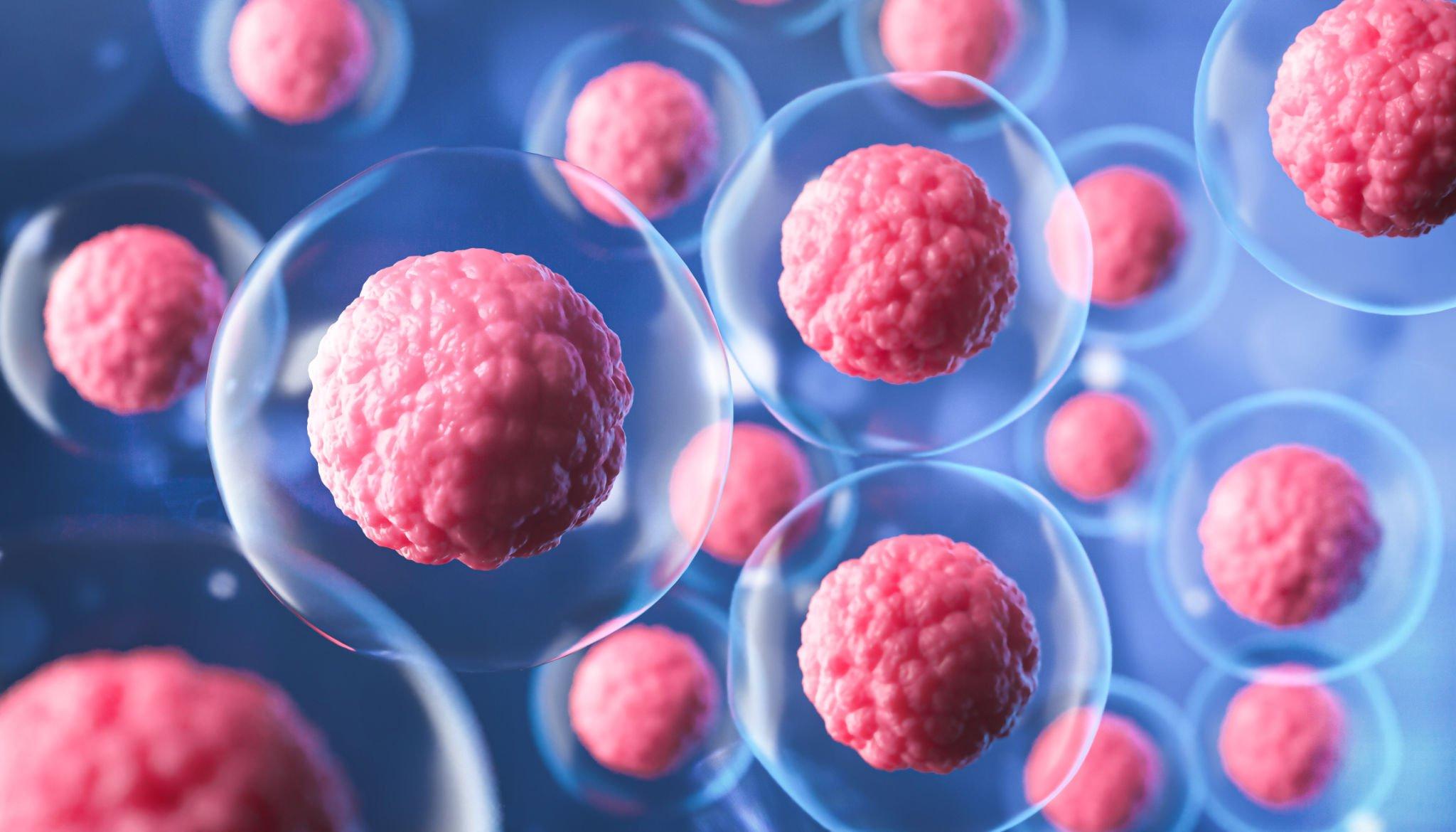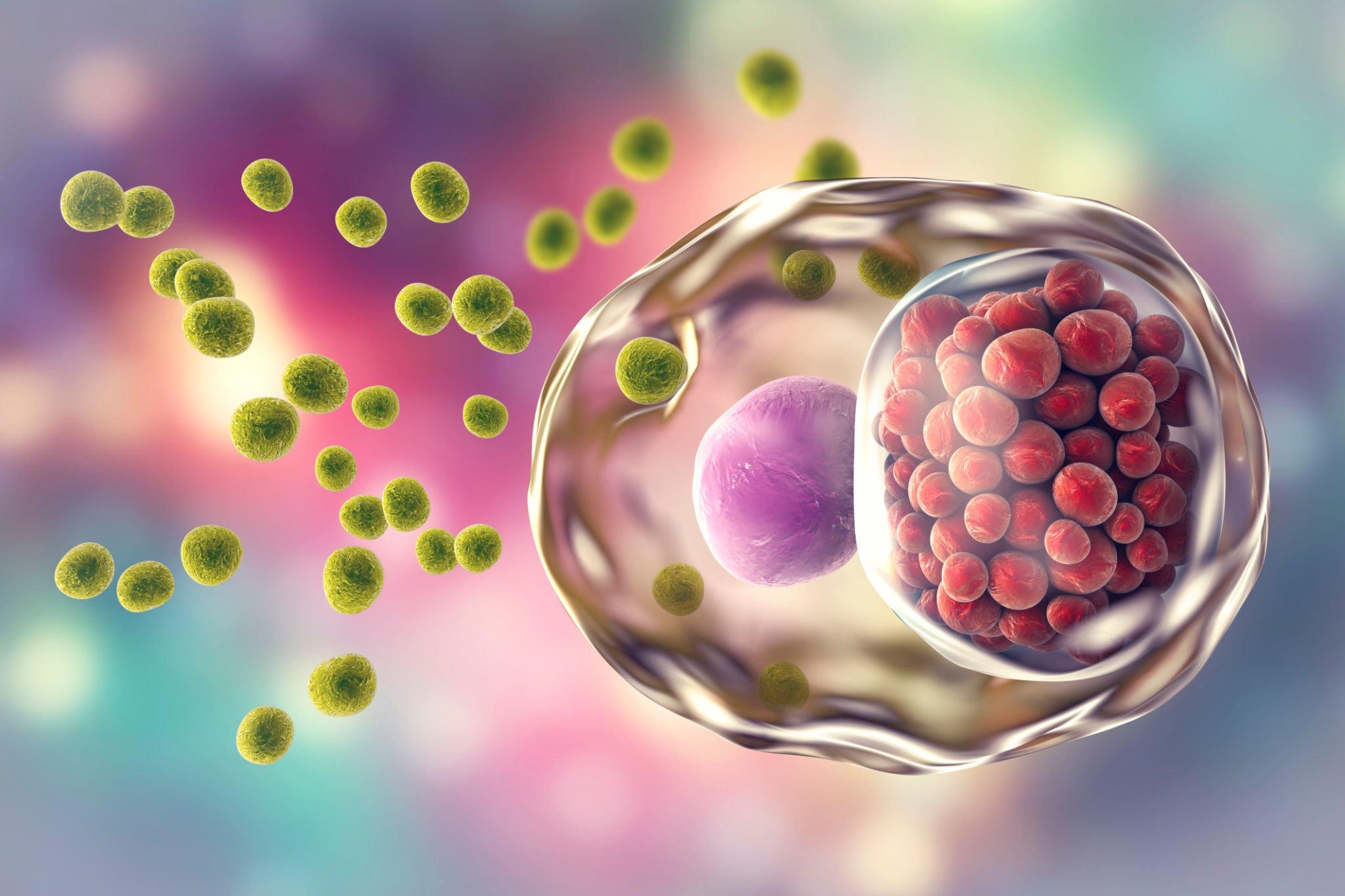
Image Credit: https://www.istockphoto.com/photo/embryonic-stem-cell-gm1338417629-419011011
Stem cells are a type of undifferentiated cell that can develop into various specialized cell types in the body. They have the unique capacity to self-renew and differentiate into different types of cells, including muscle cells, nerve cells, blood cells, and others.
Stem cells can be classified into two main types: embryonic stem cells, which are derived from early-stage embryos, and adult stem cells, which are found in various tissues throughout the body.
Stem cells are of great interest to researchers and medical professionals because of their potential use in regenerative medicine, tissue engineering, and the treatment of a variety of diseases and disorders.
What is stem cell therapy?
Stem cell therapy is a type of medical treatment that involves the use of stem cells to help repair, replace, or regenerate damaged or diseased tissue in the body. Stem cells are capable of transforming into different types of cells, which makes them potentially useful for treating a wide range of conditions, such as neurological disorders, autoimmune diseases, and injuries.
Stem cell therapy is widely available in Columbia. Stem cell therapy in Colombia has medical assistance and you can easily get a quote before the service.
There are several types of stem cell therapies, including autologous stem cell therapy, allogeneic stem cell therapy, and induced pluripotent stem cell therapy. Autologous stem cell therapy involves using a patient’s own stem cells, which are harvested from their bone marrow or blood, and then reintroduced into the patient’s body.
Allogeneic stem cell therapy, on the other hand, involves using stem cells from a donor. Induced pluripotent stem cell therapy involves reprogramming mature cells into stem cells, which can then be used to create specialized cells for transplantation.
Stem cell therapy is still a developing field, and there is ongoing research and clinical trials to determine the safety and effectiveness of different types of stem cell therapies for various conditions.

Image Credit: https://www.istockphoto.com/vector/chlamydia-trachomatis-bacteria-gm892829938-247054591
Why doctors prefer self-autologous therapy?
Autologous stem cell therapy is often considered safer than allogeneic stem cell therapy because the patient’s own cells are used, which reduces the risk of rejection or complications from the transplantation. The use of autologous stem cells also eliminates the risk of transmitting diseases or infections from a donor.
Autologous stem cell therapy is commonly used in the treatment of various conditions, such as cancer, autoimmune diseases, and blood disorders. In cancer treatment, for example, high doses of chemotherapy or radiation can damage the patient’s bone marrow, which is responsible for producing blood cells.
Autologous stem cell therapy can be used to restore the patient’s bone marrow function by reintroducing their own healthy stem cells after the cancer treatment.
Furthermore, autologous stem cell therapy has become more accessible and practical with the advancement of technology and techniques, such as harvesting stem cells from peripheral blood rather than bone marrow. These factors have contributed to the increased popularity and safety of autologous stem cell therapy.
How stem cells work – understand the mechanism of action?
Stem cells work by their unique ability to differentiate into various types of specialized cells in the body, as well as their ability to self-renew and produce more stem cells. Stem cells can be found in various tissues throughout the body, including bone marrow, blood, skin, and other organs.
When the body experiences an injury or damage, stem cells are activated and migrate to the affected area to aid in the repair and regeneration of the damaged tissue. Once they reach the area of damage, they can differentiate into the type of cells needed to replace or repair the damaged tissue.
Stem cells can also be manipulated in the laboratory to develop into specific types of cells, such as nerve cells, muscle cells, or blood cells, which can then be used for research, drug development, or therapeutic purposes.
Stem cells can be classified into two main types: embryonic stem cells, which are derived from early-stage embryos, and adult stem cells, which are found in various tissues throughout the body. Embryonic stem cells have the potential to develop into any type of specialized cell in the body, while adult stem cells have a more limited differentiation capacity and are typically used for repairing and regenerating specific tissues.
Estimated cost in UK
The cost of stem cell therapy in the UK can vary depending on the type of therapy, the condition being treated, and the clinic or hospital providing the treatment. The National Health Service (NHS) provides some stem cell treatments free of charge, such as bone marrow transplants for certain blood disorders, but other stem cell therapies may need to be obtained through private clinics.
The cost of autologous stem cell therapy in the UK can range from a few thousand pounds to tens of thousands of pounds, depending on the specific treatment and the clinic providing it. For example, treatment for certain autoimmune disorders or neurological conditions can cost between £10,000 and £25,000.

